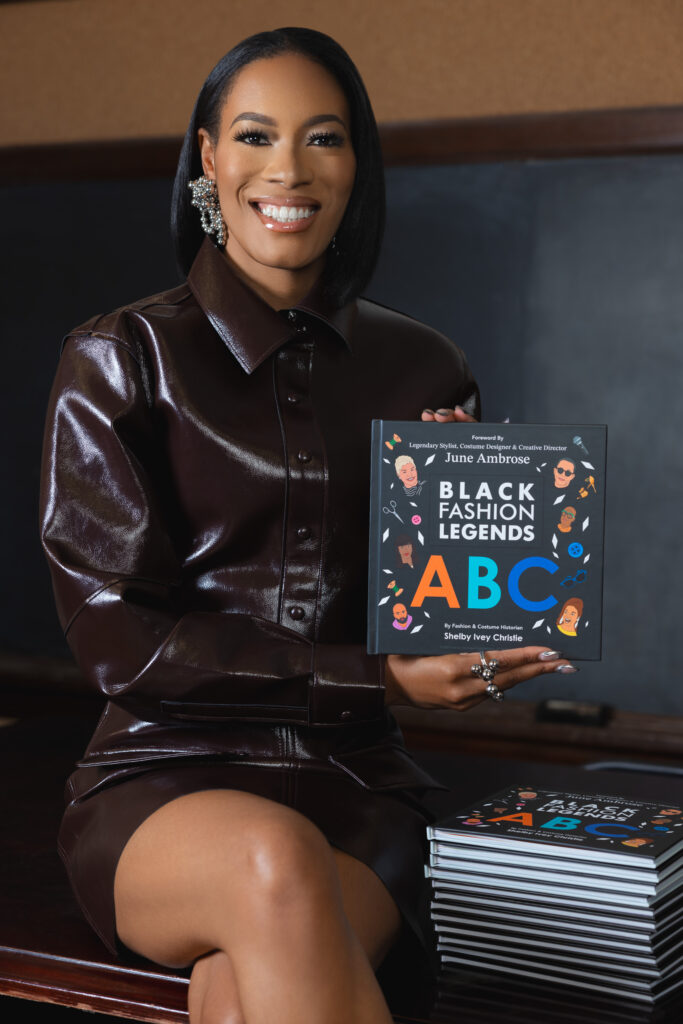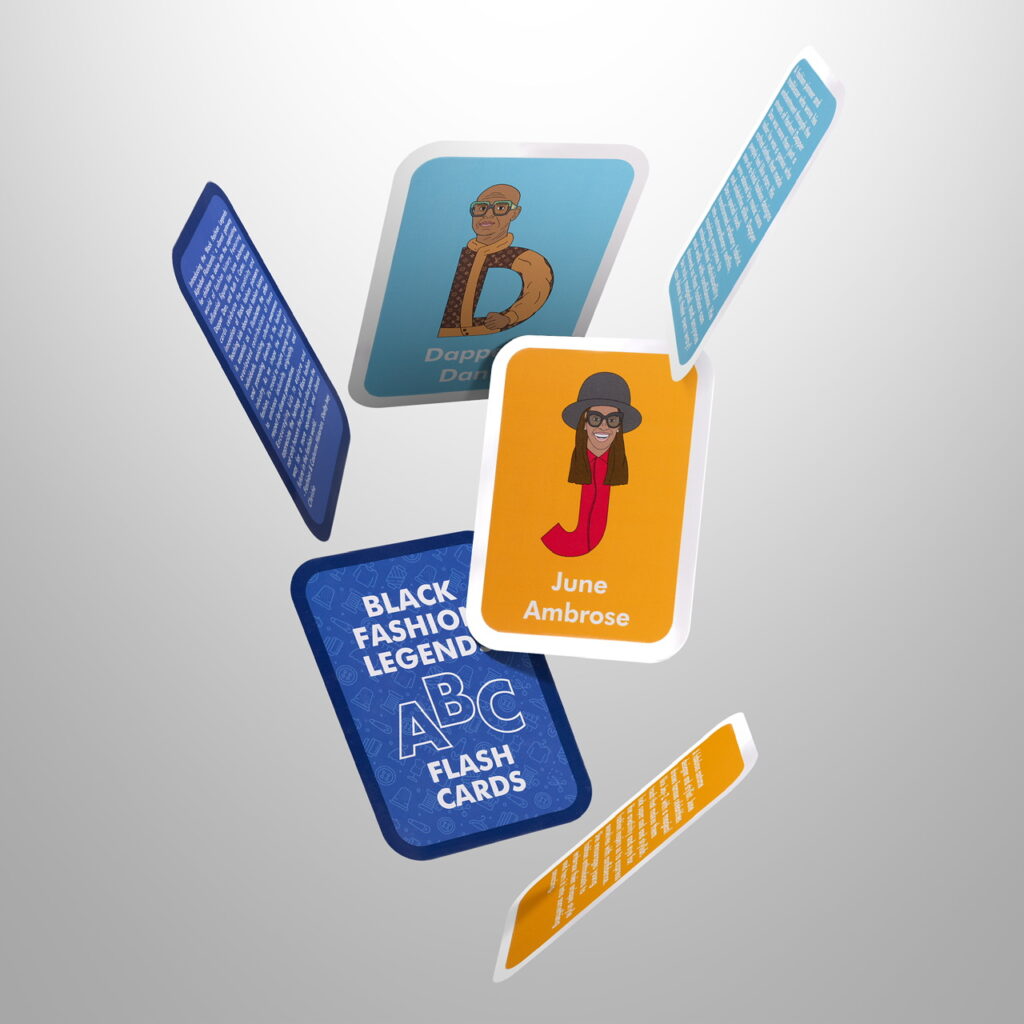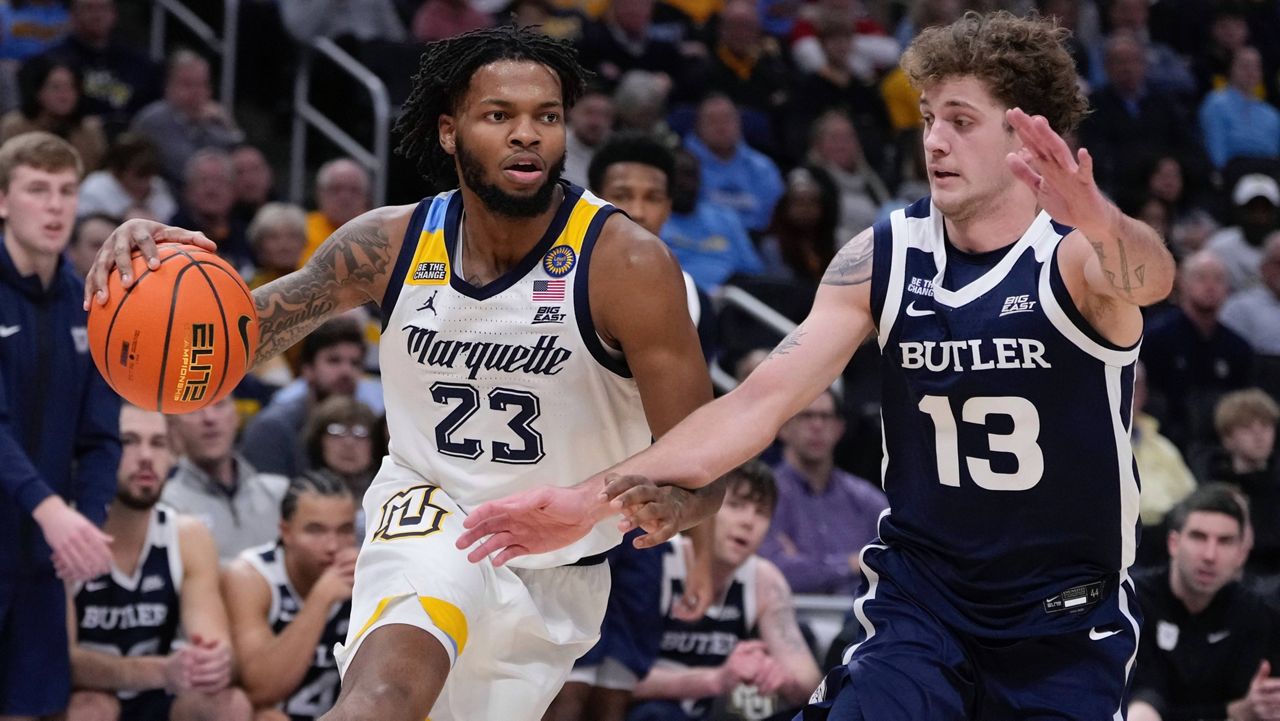Fashion
Shelby Ivey Christie Launches Publishing Company & Black Fashion Legends ABC Book – V Magazine

Shelby Ivey Christie was always the fashion kid in her family. Working in a salon, for her first job at sixteen, Shelby was drawn to the copies of influential Black lifestyle magazines like Ebony, Jet, and Essence, which the salon carried. Flipping through the pages of those magazines, and watching shows like Girlfriends, she saw Black women wearing luxury brands and participating in fashion spaces, which had a lasting impact on her.
Christie, a graduate of North Carolina A&T State University, is a Forbes 30 Under 30 and Vogue Business 100 honoree, with quite the stacked resume; she’s interned at W and Instyle, served as a Digital Media & Marketing Planner at Vogue, worked as a Product Marketing Manager at L’Oréal and held the position of Associate Media Planner at Mindshare. Now, she’s embarking on a new venture: Haute Heritage Publishing. Under its three pillars—accessibility, amplifying diverse voices, and creating a more inclusive talent pipeline—the company, which launched today, aims to highlight historical contributions within fashion by people of color that were perhaps not given their due justice at the time.
Its first offering: a Black Fashion Legends ABC book and flashcard deck. The book, which features a foreword by the renowned, multi-hyphenate creative June Ambrose and is illustrated by Ali Nasir Aziz, features everyone from Beverly Johnson to Virgil Abloh to Malcolm X, each of whom has paved the way for future generations of Black creatives—a legacy that Haute Heritage Publishing hopes to continue.

Below, V chatted with Shelby Ivey Christie to learn more about the ‘Black Fashion Legends ABC book’, what she’s obsessing over now, and her thoughts about The Costume Institute’s 2025 exhibition theme for the Met Gala.
V Magazine: Where did the idea come from to start Haute Heritage Publishing?
Shelby Ivey Christie: Publishing came to my mind because I had an experience where I have a completely separate book, a coffee table book, and I have representation at CAA for that book. Through the experience of us pitching that book, I could see that there were challenges in the publishing industry about diversity, or at least agents who could understand these really nuanced perspectives like fashion. Then I had the added layer of wanting to pitch a fashion book that also was about Blackness, so even more nuanced and probably not common knowledge for most editors and publishers within a publishing house. It was not that agents or publishing houses were not enthusiastic about the concept, it then became about, ‘Who’s going to edit this? Who’s going to be able to shepherd me and help me tell this story?’ Because I’m the expert on this subject matter, there is no expert internally here to help me. They’ve written and edited books, of course, but maybe not this kind of content. It became apparent that there’s a lack of diversity within the publishing space and it’s affecting what stories and books get out into the open.
I know that this issue has been raised within publishing, and there’s been some transformation, but there’s a long way to go. So that was one thing. I didn’t want other authors and other fashion creators to have the experience that I had pitching a book for two years because we’re sitting across from people who just don’t understand not only fashion, but these nuanced stories.
V: Why was the Black Fashion Legends ABC book the first thing that you wanted to offer from Haute Heritage Publishing?
SIC: Black Fashion Legends ABC is accessible to people of all ages. The language is really accessible, whether it’s for a child or for an adult fashion enthusiast. I wanted the language in the book to be able to be read by everyone. I wanted the colors of the book to be vibrant. The illustrations are custom. The other part of accessibility is availability, right? As a Black woman who grew up in the South, far away from New York, fashion has other barriers of access and that is centralized to New York. If you aren’t in New York, a lot of times, you can’t participate in fashion, you can’t network with fashion talent. You’re not able to access the same opportunities. Through this venture, I really wanted to bring fashion content to where people are.
V: Did you struggle to narrow down who you wanted to include under each letter?
SIC: It keeps me up at night, especially with the letter “A”, because so much great talent is part of the letter “A”. It felt like that had to go to André Leon Talley. He [paved the way] for those of us who work in fashion who are Black. He is a Southerner and HBCU graduate. A lot of [letters] I struggled with. It was really hard to curate it, it keeps me up at night to think ‘Should I do a part two? Should I break it off to another one that’s just female-specific or male-specific, or LGBTQIA-specific?’ because there is just so much great talent to highlight.

V: Who are some of your favorite people included?
SIC: I literally stan everyone in that book. Misa Hylton is in that book, someone who I have very strong feelings about, and Lil’ Kim, getting their due–getting their acknowledgment—and I will never not say her name enough. People like Ann Lowe, who I’ve done [X, formerly known as Twitter] Threads about years ago. [She] did Jackie Kennedy’s wedding dress. [Bill Witten], the costume designer who created Michael Jackson’s prototype for his white glove. That glove is arguably the most recognizable piece of costume in modern history, and a Black designer was behind that. So, he’s the letter “W”. There are very many people in the book who I’m inspired by, especially when it comes to costume because costume is my first love.
V: What can you share about any future offerings from your publishing company?
SIC: I can share that we have future partnerships with Black designers, with designers of color, and with Black-owned brands on our roadmap. Just in the same way that we were able to partner with a Black fashion legend, June Ambrose herself, on this book, we want to continue that in our work. We don’t want to cover Black fashion as an observer. We want to involve these legends. We want to partner with these brands. We want them involved with these resources, books, and content. It’s such an honor to have a Black fashion legend contribute to this, to really see and understand those three pillars that I talked about. Wanting to give access, grant more accessibility to people outside of New York, into Black and brown and POC, who are interested in fashion through this book. [June’s] foreword is a real call to action, to the future of fashion in the young minds who are interested in fashion to feel encouraged that there is a place for them in this industry. And I think that is so important for kids to be able to flip through this book and to see a message like that from someone who is living, who is currently doing the work, who they can go online and follow and see, to hear her say that there is a place for them in this industry.
V: There’s been a lot of conversation surrounding the Costume Institute releasing its new exhibition, and it being centered around Superfine: Tailoring Black Style. Do you have any thoughts?
SIC: My hope is that there’s regionality, and Black menswear designers like Arthur Gordon and all of these CFDA-recognized Black designers, who work in the menswear space, get recognition and pieces into this exhibition. So those are my initial thoughts. I think I have the same level of curiosity as most of the public in that I want to see what’s going to become of it. I really do want to see some Gordon Henderson pieces in there. I’m just really interested to see some Jeffrey Banks pieces. I want to see some really impactful American menswear designers be highlighted and see their pieces in this exhibition.
V: What are you obsessing over right now?
SIC: I’m currently obsessed with Fight Night on Peacock. It’s the show with Kevin Hart as the lead, Taraji [P. Henson] acts opposite him and Samuel Jackson. It’s set in the ’70s in Atlanta, and it has a blaxploitation vibe, but it’s a crime series, and Don Cheadle plays the cop. It’s really good, but the costuming is so accurate. In the ’70s, it can get really cheesy really quick, but from a costume perspective, it’s so good. The set design is really good.
‘Black Fashion Legends ABC Book’ is available for purchase now on HauteHeritagePub.com









